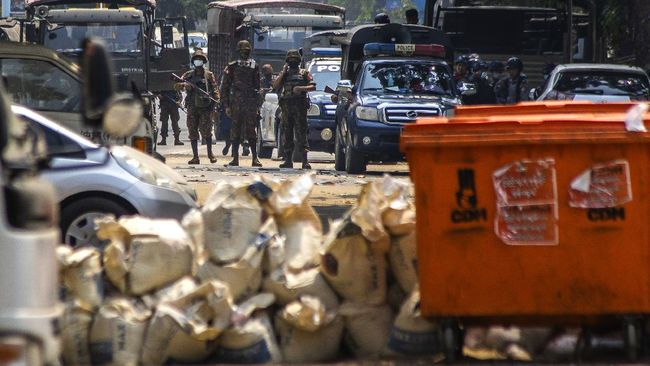The little animals are carefully placed in cloth bags to be carried away, measured and swabbed with saliva and feces. Everything is collected for analysis before being returned to the wild. (Read: Post-Pandemic, Tourism Will Boost the National Economy)
Researchers call themselves “virus hunters”, tasked with capturing thousands of bats to develop simulation models that they hope will help the world avert a pandemic similar to that of COVID-19 , which has killed nearly 2.8 million people.
The Japanese-funded research will be developed over the next three years by the University of the Philippines Los Banos, which hopes bats will help predict the dynamics of the coronavirus by analyzing factors such as climate, temperature and ease of spread to humans.
“What we’re trying to see is another type of coronavirus that has the potential to transmit to humans,” said ecologist Phillip Alviola, leader of the group, which has been studying the bat virus for more than a decade. Reuters .
“If we know the virus itself and we know where it came from, we know how to isolate the virus geographically,” he said. (Also read: Survivors of Covid-19 in the UK Now Suffer from Hearing Loss)
As well as laboratory research, scientists must also plunge into the field through dense rainforest and perilous night hikes in mountains covered in rock, tree roots, mud and moss.
The group also targeted bat perches in buildings, setting up fog nets before dusk to catch the bats and collect samples.
–
page 1 of 2
– .


